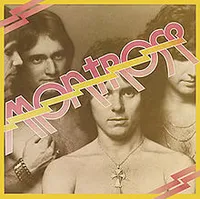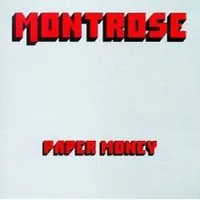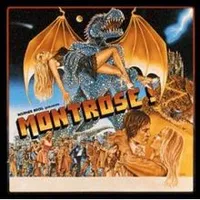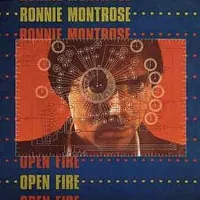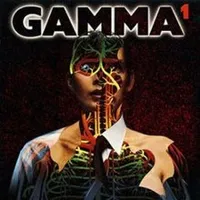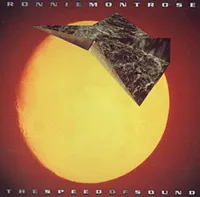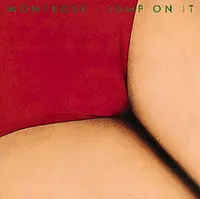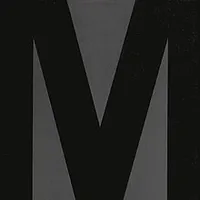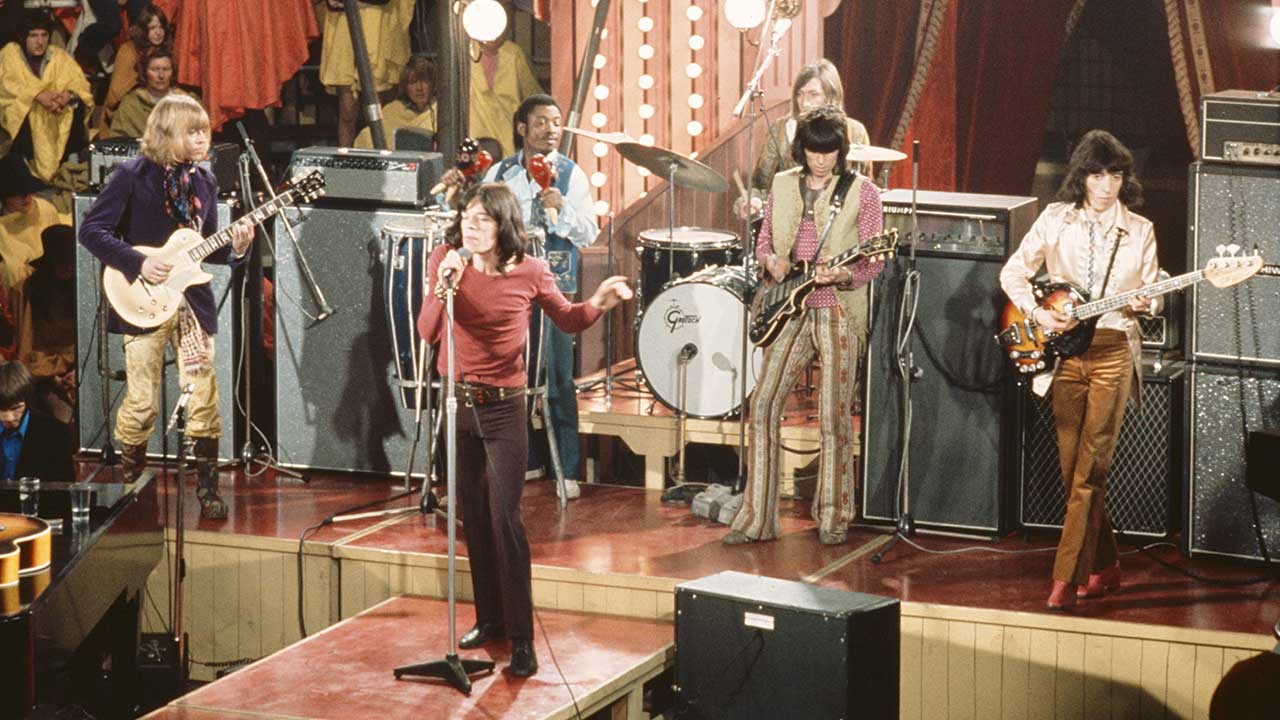Ronnie Montrose: a guide to his best albums
San Franciscan guitar genius Ronnie Montrose never quite lived up to his promise, yet he inspired a legion of imitators

In purely commercial terms, Ronnie Montrose might not rank alongside Kiss, Aerosmith or Van Halen, but he was arguably more influential. A guitar genius whose talents were overshadowed by his mercurial, sometimes awkward nature, he nonetheless helped lay down the blueprint for an entire strain of American hard rock in the early 70s, wresting the sound away from the British bands who created it a few years earlier and unlocking the imaginations of would-be guitar heroes across North America and beyond.
Born in San Francisco in 1947, Montrose ran away from home at the age of 16 to pursue a career in music. By the early 70s he’d made a name for himself as a session musician, playing on Van Morrison’s Tupelo Honey and Saint Dominic’s Preview, joining the Edgar Winter Group for 1972’s classic They Only Come Out At Night album and appearing on Herbie Hancock’s jazz-fusion breakthrough Mwandishi.
Montrose’s reputation, however, was sealed by the band that bore his name, particularly the self-titled debut album released in 1973. Featuring bassist Bill Church, drummer Denny Carmassi and an unknown vocalist named Sammy Hagar, their high-octane songs opened up a new avenue for hard rock.
Sadly, strains between Montrose and Hagar put paid to any hopes of huge commercial success, and by 1976 the guitarist wound the band up, subsequently forming the more melodic Gamma with future Robin Trower vocalist Davey Pattison.
By 1983 the ever-restless Montrose pulled the shutters down on Gamma and spent the rest of the decade drifting. He performed with Paul Kantner and Rail, before unsuccessfully relaunching Montrose with a new line-up in 1987.
Underwhelming solo releases followed, before the original line-up buried their differences to record a track, Leaving The Warmth Of The Womb, for Hagar’s 1997 solo album, Marching To Mars. The quartet reunited in the mid-00s to perform live during encores at the singer’s shows.
A full-blown reunion was pencilled in for October 2012 but, sadly, it never happened. In March of that year Ronnie Montrose took his own life; he had been battling depression and prostate cancer. It was a sad end to a life rich with talent, if not always success.

Montrose - Montrose (Warner Bros, 1973)
Given it’s a landmark album, it’s hard to imagine that Montrose barely made a dent on its release. Warner Bros were occupied with Deep Purple and the Doobie Brothers, and viewed the little-known upstarts with something approaching disdain. But Ronnie’s stellar guitar heroics and Hagar’s star-in-the-making vocal presence set it apart from every other new band at the time.
With future Van Halen producer Ted Templeman at the helm, the ballsy bluster and bright melodies of Rock The Nation, Space Station No. 5 and Bad Motor Scooter sounded like the future of US rock – even if it made more of a splash on the other side of the Atlantic.
Montrose - Paper Money (Warner Bros, 1974)
By the time Montrose entered the studio to work on their second album, bassist Bill Church had left and the no-frills approach of the debut had vanished with him, supplanted by Ronnie Montrose’s musical restlessness. It made for a more varied listen than its predecessor, if not a more exciting one.
The opening track, Underground, was supremely radio-friendly hard rock, while keyboards were more prominent on We’re Going Home and The Dreamer, although the title track and I Got The Fire harked back to the debut album. Ultimately it would all add up to become the band’s biggest domestic Stateside success.
Montrose - Warner Brothers Presents Montrose! (Warner Bros, 1975)
Sammy Hagar quit Montrose following the band’s 1975 European tour, though it’s fair to say that if he’d sung on their third album it’d have been even better than Paper Money – his replacement, Bob James, wasn’t bad, just not in Hagar’s class.
The resulting album, produced by Ronnie himself, followed its diverse predecessor, mixing such sturdy rockers as Matriarch and Dancin’ Feet (the latter covered by Van Halen) with the prog-leaning Whaler and an odd cover of Alan Price’s O Lucky Man. Even without Hagar, it was still a moderate hit.
Ronnie Montrose - Open Fire (Warner Bros, 1978)
Montrose (the band) fell apart following 1976’s Jump On It, and for his solo debut Ronnie reunited with his old mentor, Edgar Winter, who not only produced this instrumental album but also played keyboards.
Open Fire bridged the gap between his former band’s hardrock approach and the fusion he’d dabbled in while working with Herbie Hancock. The title track rocked, and elsewhere Heads Up and Rocky Road showed off the guitarist’s jazzy chops, while Openers veered off into sweeping orchestral territory. His finest solo record, and one that showed the range of what he could do.
Gamma - Gamma 1 (Elektra, 1979)
Ronnie’s initial solo career lasted one album before he put together another band. Gamma featured various members of later Montrose line-ups plus Scottish singer Davey Pattison, although anyone hoping for the fire and brimstone of Montrose was disappointed.
Instead, Gamma 1 drew inspiration from melodic rock outfits Foreigner and Journey – Thunder And Lightning and the semi-hit I’m Alive had one eye on radio play. It was far from a disaster, and the instrumental Solar Fire underlines what a fantastic guitarist Montrose was, but it was too lightweight for fans of his past work.
Ronnie Montrose - Speed Of Sound (Enigma, 1988)
Having reignited his solo career in the 80s, the third record to bear Ronnie Montrose’s name was a move away from the fusion of Open Fire and its follow-up, 1986’s Territory. Backed by bassist Glenn Letsch and drummer Johnny Badanjek, Speed Of Sound found Montrose spurning the heavily synthesised approach of the era in favour of straightforward instrumental melodic rock.
Not only did it allow the likes of Black Box and Monolith to breathe, it also gave him room for some scintillating guitar work. On its release, Ronnie said it was his finest solo album to date. And it’s hard to argue with that.
Montrose - Jump On It (Warner Bros, 1976)
The cover of Montrose’s fourth and final album – a close up of a woman’s swimsuit-clad crotch – did their standing no favours at all. The music itself wasn’t so crass, even if it was the band’s weakest effort.
Produced by Aerosmith wingman Jack Douglas, Music Man, Let’s Go and the title track offered echoes of their glory days, though the whole thing was let down by a mundane cover of Dan Hartman’s What Are You Waitin’ For and Montrose’s own Tuft-Sedge. After the highs of Montrose’s earlier years, it was clear that the band’s eponymous guitarist and founder’s heart just wasn’t really in it any more.
Gamma - Gamma 2 (Elektra, 1980)
There’s little to divide the first two Gamma albums, though the first one just about shaded this follow-up. Gamma 2 was more of the same, with Davey Pattinson’s relaxed, Paul Rodgers-style vocals seemingly tailor-made for FM radio programmers, and Ronnie’s six-string pyrotechnics buried under a velveteen sheen.
Still, Four Horsemen and Mean Streak showed flashes of inspiration, and the more reflective Voyager finally allowed the guitarist to shine. A third Gamma album, in 1982, followed by a reunion effort in 2004, really added nothing at all to the band’s legacy.
Montrose - Mean (Enigma, 1987)
Surprisingly, Ronnie chose to reactivate the Montrose group name 11 years after the band first split up – albeit without enlisting any other original members. Instead, Gamma bassist Glenn Letsch, future Kingdom Come drummer James Kottak and unknown vocalist Johnny Edwards made up the numbers.
The result was better than it had any right to be, mixing Montrose’s hard-rock bombast with Gamma’s melodic slickness. Despite this, and the influence of the original line-up on the glam-metal era, the Mean album sank completely, without leaving a single trace on the rock music of the time.
Sign up below to get the latest from Classic Rock, plus exclusive special offers, direct to your inbox!
Writer and broadcaster Jerry Ewing is the Editor of Prog Magazine which he founded for Future Publishing in 2009. He grew up in Sydney and began his writing career in London for Metal Forces magazine in 1989. He has since written for Metal Hammer, Maxim, Vox, Stuff and Bizarre magazines, among others. He created and edited Classic Rock Magazine for Dennis Publishing in 1998 and is the author of a variety of books on both music and sport, including Wonderous Stories; A Journey Through The Landscape Of Progressive Rock.
